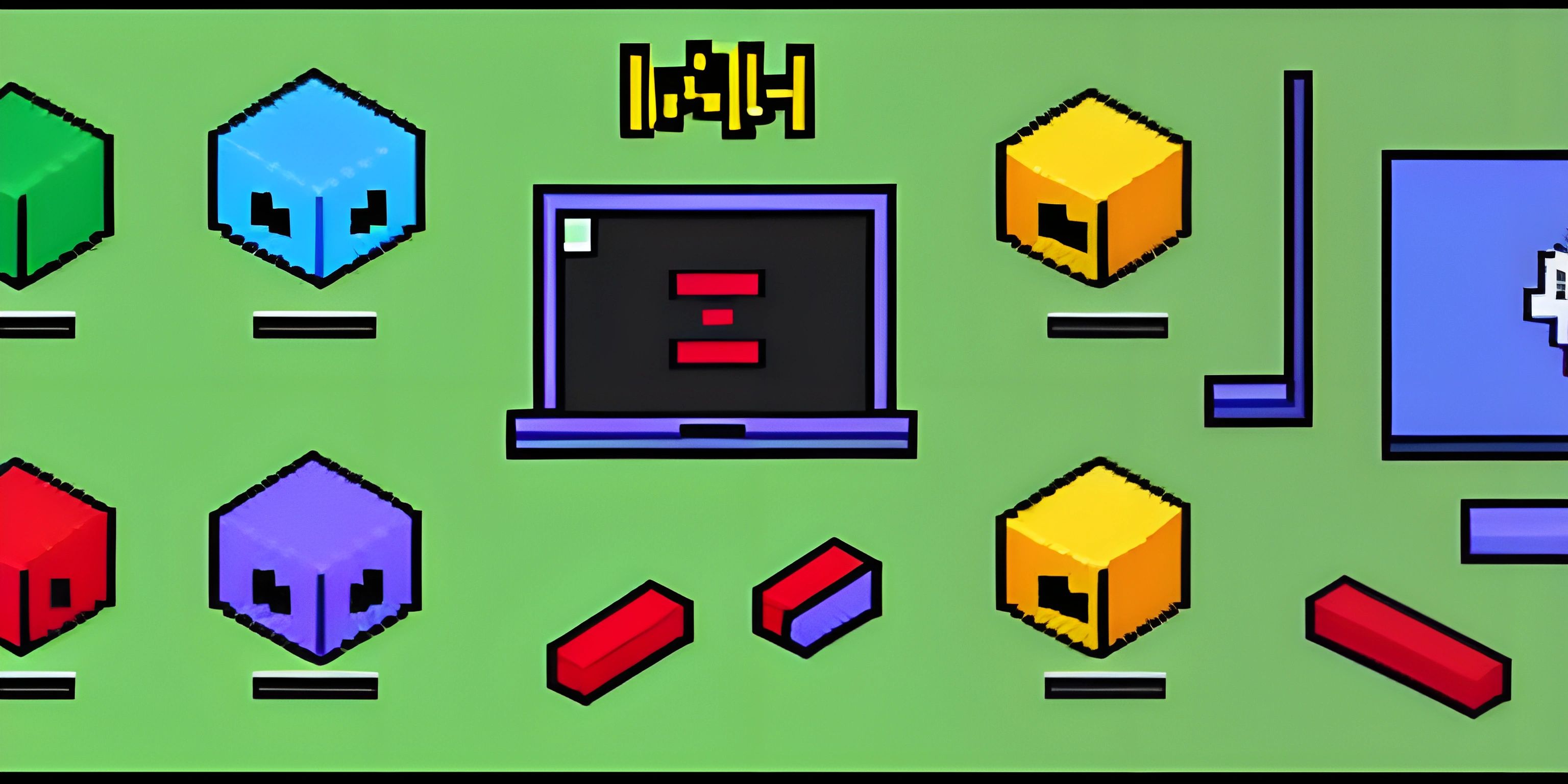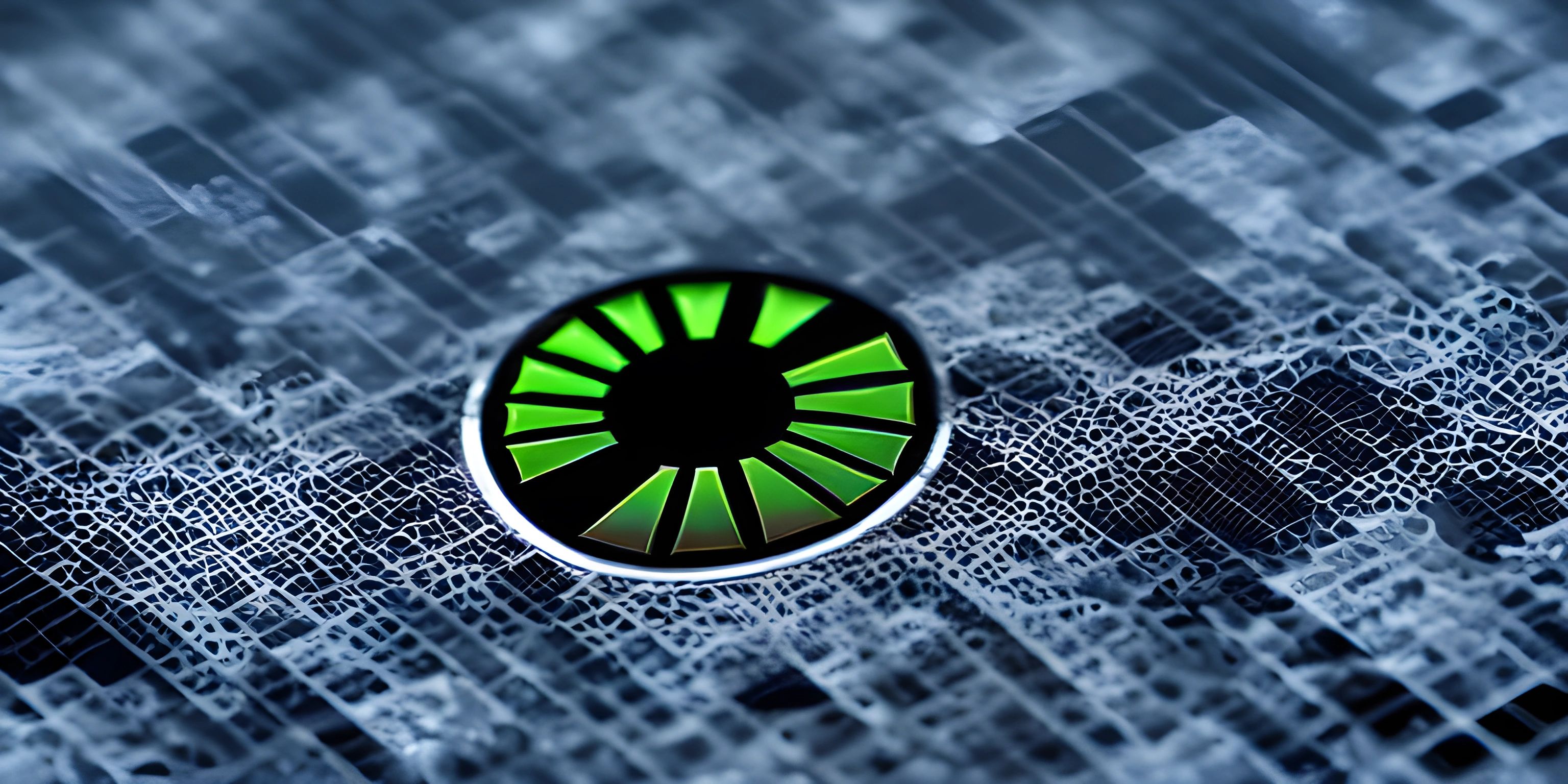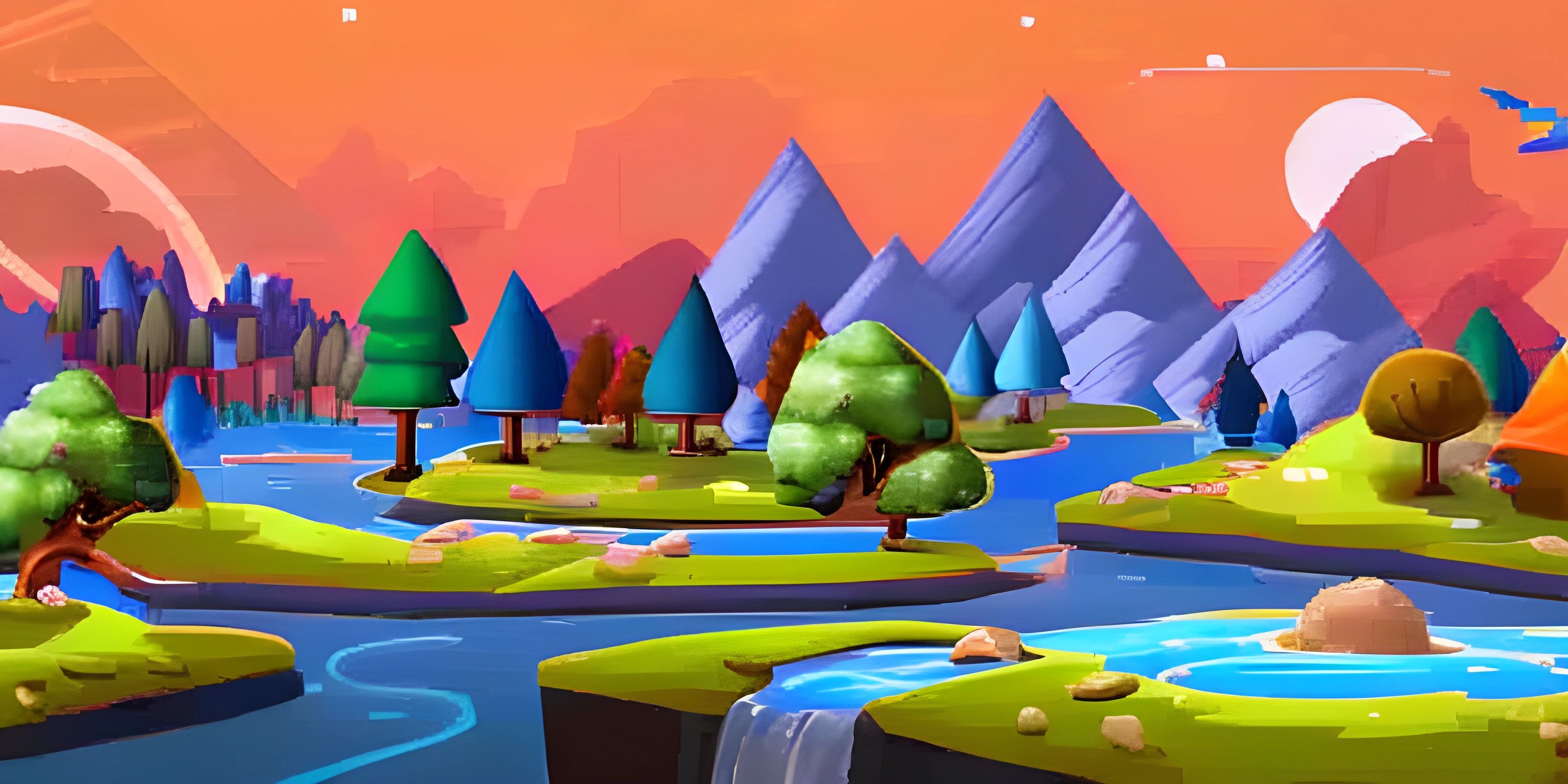ReactJS Fundamentals

Note: this page has been created with the use of AI. Please take caution, and note that the content of this page does not necessarily reflect the opinion of Cratecode.
If you're walking down the web development street, chances are you've bumped into ReactJS. It's that popular guy everyone is talking about, and for good reason! It's time we get to know him better. ReactJS is a JavaScript library designed for building user interfaces, and it's taking the web development world by storm.
What is ReactJS?
ReactJS, often simply called React, is a JavaScript library developed by Facebook. It allows developers to build large web applications that can update and render efficiently in response to data changes. Think of it as a swift artist that can quickly sketch, erase, and re-sketch a masterpiece on a white canvas. That's pretty much what React does to your web app's user interface.
Components
React is all about components. If your web application was a high-rise building, components would be its bricks. They are the fundamental units of React code. Each component represents a part of the user interface and can be reused throughout the application.
Here's a simple example of a React component using JSX:
function WelcomeComponent() {
return <h1> "Hello, Cratecode User!" </h1>;
}This component renders a greeting message. You can use it wherever you want to welcome your users. That's the beauty of reusability in React!
State and Props
In the React world, components communicate using props and maintain their memory using state. Props are like whispers passed from one component to another, while state is like a component's personal diary.
The use of state and props is a key feature of React, allowing for dynamic and interactive components. You can check out more about them in our deep-dive articles on React Props and React State.
Why React?
React has gained immense popularity for several reasons. It promotes simple, fast, and scalable front-end development. Its component-based architecture encourages code reusability and makes maintenance easier. Not to mention, it's backed by a large and active community, which means plenty of resources and support for developers.
Conclusion
React has revolutionized the way we build web applications. It's like a magic wand that turns the complex task of building dynamic UIs into a delightful process. With its emphasis on modular, reusable components, it's no wonder that React has become a staple in modern web development.
Hey there! Want to learn more? Cratecode is an online learning platform that lets you forge your own path. Click here to check out a lesson: Why Program? (psst, it's free!).
FAQ
What is ReactJS?
ReactJS is a JavaScript library developed by Facebook for building user interfaces. It allows developers to build large web applications that can update and render efficiently in response to data changes.
What are components in React?
Components are the fundamental units of React code. Each component represents a part of the user interface and can be reused throughout the application.
How do components communicate in React?
Components in React communicate using "props", which are like whispers passed from one component to another. They also maintain their memory using "state", which is like a component's personal diary.
Why should I use React?
React promotes simple, fast, and scalable front-end development. It encourages code reusability, which makes maintenance easier, and it's backed by a large and active community, meaning plenty of resources and support for developers.
What is JSX?
JSX is an extension to JavaScript that makes writing React components easier and more intuitive. It allows you to write HTML-like code directly in your JavaScript.





